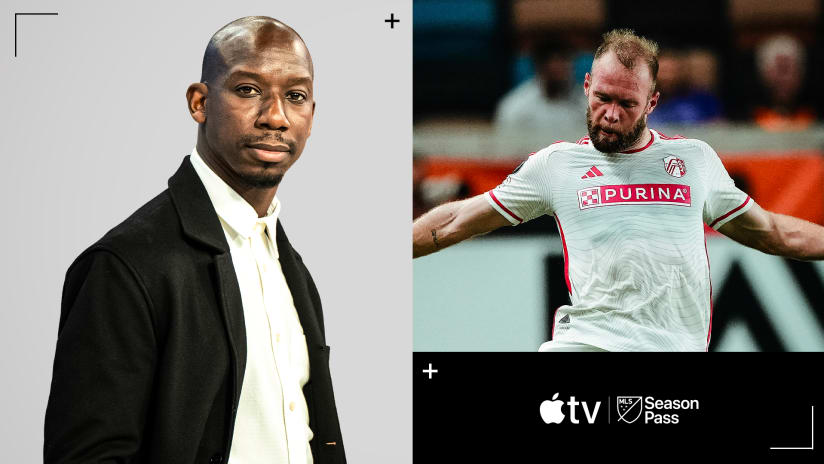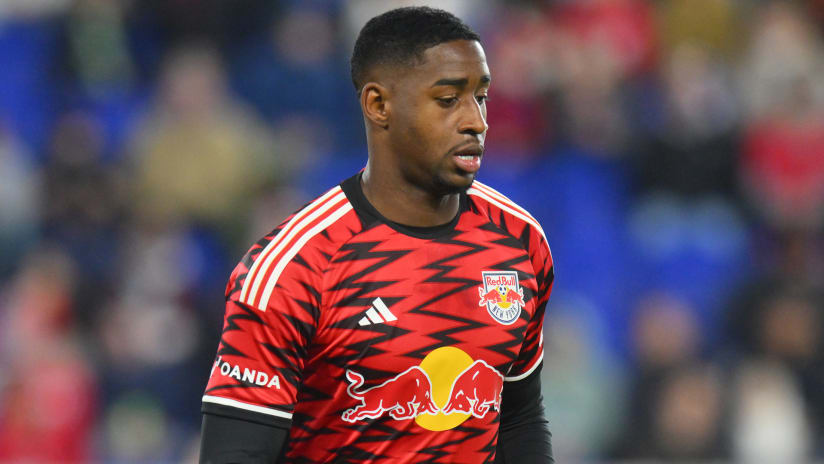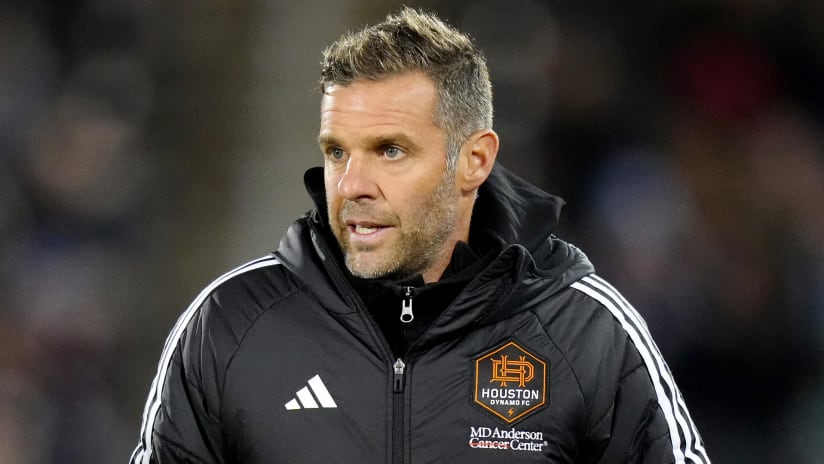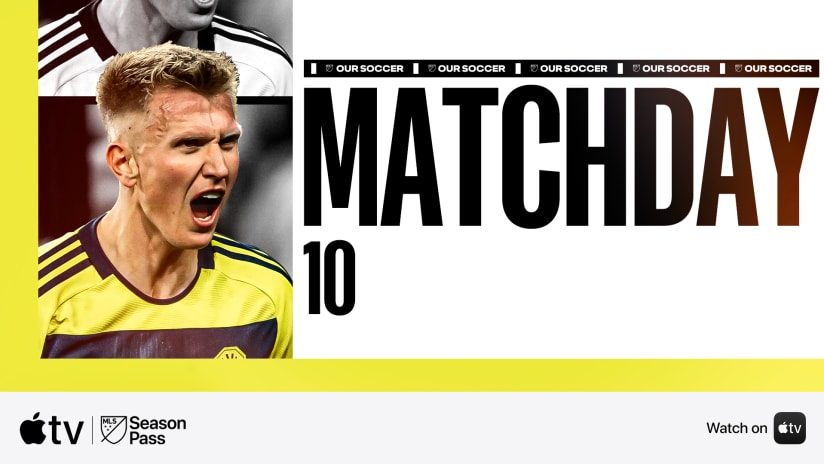and probably the best place to start is the role of the general manager.
Some are business guys and really stay out of the way of the player decision process. Some are very helpful in digging for information, but do it at the request of the coach. Finally, there are the GMs who feel they know a little about the game -- and some of them do. In San Jose, Alexi Lalas will still let Dominic Kinnear make the decisions even though he does know the game. The Chicago Fire's Peter Wilt is very helpful to his coach, but always works for his coach.
There are others who try to push their opinion a little harder. When I was with the Los Angeles Galaxy, my first couple of general managers stayed completely out of the soccer side. The last general manager I worked with, Doug Hamilton, had coached in the past and wanted to be in the "war room" and be aware of the decision process. I learned a lot from him on how to work within the salary cap and use it to our advantage. He offered his opinion and sometimes we agreed -- and sometimes we did not. But that's life.
Some teams have someone devoted entirely to player personnel (like Dave Kasper with D.C. United). Naturally he is fully involved in the choices that are made and the direction the team is taking in regards to signing and drafting players.
But in the end, the main burden falls on the head coach and his assistants. MLS doesn't have paid scouts for each team that travel the country throughout the year and look for players. The scouting budgets for most teams are limited. As a result, the coaches burn up the phone lines and watch games whenever they can. Games are seen sometimes in person and once in a while you get a tape or see one on TV, but college soccer coverage isn't the best.
Every coach has his sources too. Some are friends, some are acquaintances, and some come from cold calls to find out about a player. But every coach has a network that he uses. Some sets of eyes I trusted more than others and that can be said of all coaches. But I trusted my own eyes above all. Generally, I wanted to see every player myself at some point -- especially if I heard good things and I was seriously interested in the player. Other coaches saw a player for the first time at the draft combine, or relied solely on the eyes of people in their network or their assistant coaches.
Whatever works best for the individual coach is fine -- I just always wanted to see as much as possible. My philosophy is that beauty is in the eye of the beholder. When I brought Carlos Ruiz to the Galaxy, one of the last tournaments he played in was the CONCACAF Gold Cup in Los Angeles. He did not play real well for Guatemala and we had other options through trades and so forth. My own assistants felt we should take one of the other options. I am very happy I trusted my eyes and stayed with my gut feeling. Luckily, my general manager supported my decision and we were able to get Carlos.
Another source of information is agents. Naturally they are pushing their clients and want to see them get drafted as high as possible. But sometimes, they give you a tip and you find a good player.
Prior to the draft you also have a lot of posturing and trade talks between teams. Most of it is just talk. Some guys just like to talk and stir the pot. The talk of trades gets some coaches and general managers excited because it almost takes on the look of a fantasy league or a video game. But in the end reality sets in and what you already have seems a lot better than what being dangled out there.
Also, a lot of the trade talk is unbelievably unrealistic. Some teams will want your best player for a fifth-round draft pick. Well, maybe not quite that extreme, but there are some trade offers you can only shake your head at.
In the end, the real work gets done in the last two or three nights prior to the draft. The draft hotel lobby bar is where all the action is. Every team stakes out an area.
Then an assistant or a head coach, or maybe the GM, ventures out from the home base to seek out another team. Everyone wonders what they are discussing. Wanting to get in on the action, another team sends out someone to reconnoiter information.
"Maybe we can get in on this trade" is the feeling that flies about. Some teams sit still and wait for teams to approach them and make offers. Then, everyone retreats to their base and shares the information gathered.
The next move happens, or maybe everyone gets tired and retires to their rooms. But then the cell phones start to ring and the intrigue begins anew. I am sure this happens in other sports. The whole process would make for a great sociological study or maybe a book ("The Art of the Draft"?).
The whole process is incredibly tiring and time-consuming. But it's also exciting because you put together wish lists and start speculating about different lineups and players. There is little sleep and in the end you never completely get what you hoped for. But will it be enough?
Sigi Schmid is one of the winningest coaches in MLS history, having led the Los Angeles Galaxy to four honors in his five-plus years at the helm, including the 2002 MLS Cup championship. Send comments to Sigi at sigischmid@hotmail.com. Views and opinions expressed in this column views and opinions are the author's, and not necessarily those of Major League Soccer or its clubs.











